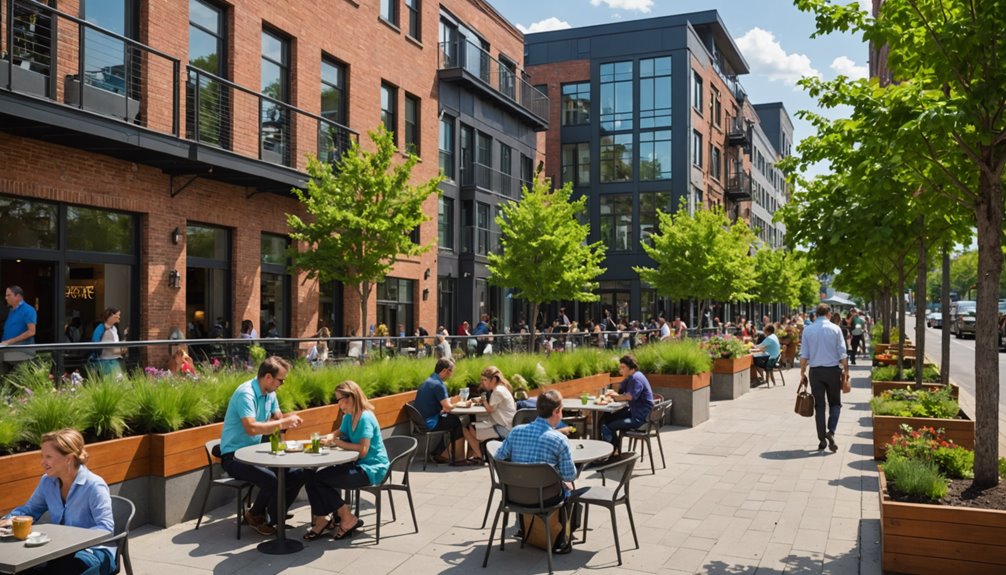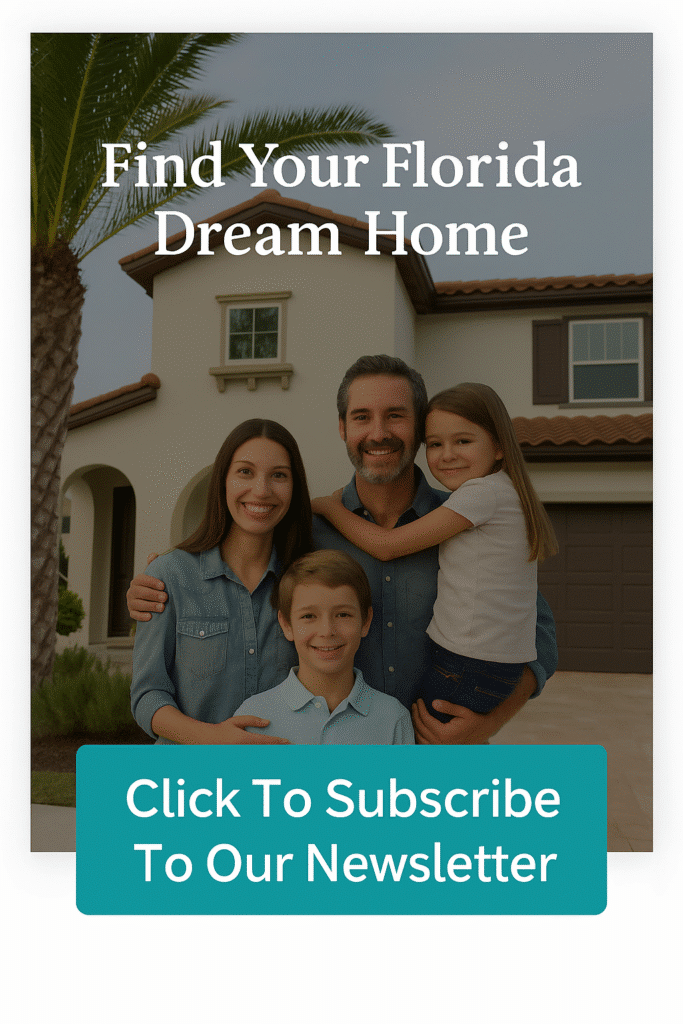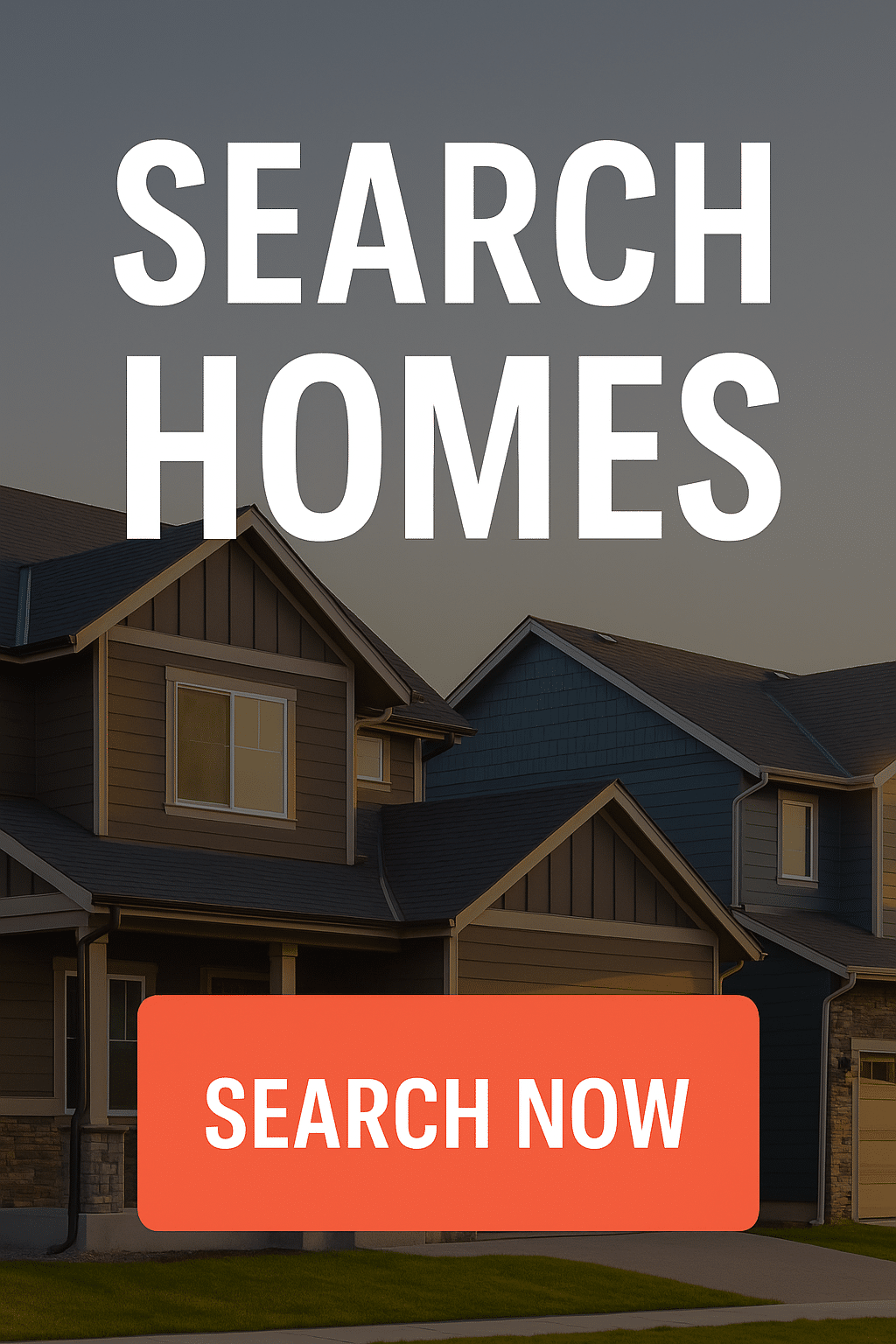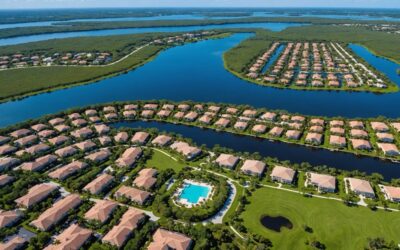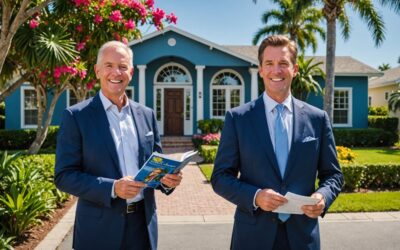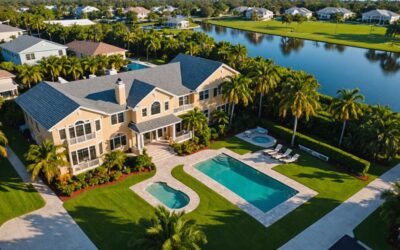Mixed-use developments are increasingly appealing as they address urban living’s complexities by consolidating residential, commercial, and recreational spaces. This approach promotes economic resilience, creating jobs and elevating property values while supporting local businesses. Environmentally, these communities reduce carbon footprints and adopt sustainable building practices. Health benefits abound, with increased physical activity and improved access to healthcare facilities. Moreover, they foster robust social connections through shared public spaces and inclusivity. As demand surges for these live-work-play environments, ongoing innovations in design and technology suggest a dynamic evolution for urban living. The future of community planning holds exciting possibilities.
Key Takeaways: The Advantages of Mixed-Use Developments ExplainedKey Takeaways
- Mixed-use developments promote job creation, enhancing local economies and reducing unemployment rates through diverse business opportunities.
- They encourage community engagement and social connections by integrating shared spaces like parks and plazas for interaction among residents.
- Proximity to amenities fosters an active lifestyle, improving health outcomes by encouraging walking, cycling, and access to healthcare services.
- Sustainability practices, such as energy-efficient systems and local materials, reduce environmental impact and promote eco-friendly living.
- The flexibility in design and planning caters to changing market needs, ensuring long-term viability and attractiveness for residents and businesses.
Economic Advantages of Mixed-Use Developments
Mixed-use developments represent a groundbreaking approach to urban planning. They blend residential, commercial, and recreational spaces to create vibrant communities. This creative model fosters local economic growth and stability through job creation, as diverse businesses thrive within proximity, significantly reducing unemployment rates. By attracting both residents and entrepreneurs, mixed-use developments elevate property values, benefiting homeowners and businesses alike.
Furthermore, the economic diversification inherent in these developments mitigates reliance on a single revenue source, thereby strengthening financial resilience. The presence of small businesses is especially remarkable; local entrepreneurs find a supportive environment that encourages creativity and community engagement. This mutually beneficial relationship stimulates local economies, driving increased demand for goods and services. Additionally, these environments often promote walkability, making it easier for residents to access essential services and amenities.
Moreover, the strategic integration of residential units with commercial spaces facilitates convenient access for residents, creating a natural client base for businesses. This collaboration boosts the area’s attractiveness to potential employees and visitors and contributes to the community’s comprehensive vibrancy. Fundamentally, the economic advantages of mixed-use developments create a self-sustaining ecosystem that fosters belonging and prosperity, ultimately redefining urban living.
Environmental Sustainability Impacts
A growing body of evidence underscores the environmental sustainability impacts of mixed-use developments, highlighting their potential to create eco-friendly urban landscapes. By significantly decreasing car dependency, these communities foster a reduced carbon footprint, encouraging residents to live, work, and shop within walking distance. This integration is crucial for cultivating sustainable living environments that prioritize local engagement and connectivity.
Moreover, incorporating energy-efficient systems and sustainable building practices improves total resource conservation. Utilizing locally sourced materials and low-impact construction techniques minimizes environmental disruption, while compact building designs optimize energy use for heating and cooling. Features such as green roofs, solar panels, and rainwater harvesting systems promote ecological resilience and foster community well-being. Sustainable building materials are essential to ensuring that these developments achieve their environmental goals.
Mixed-use developments exemplify innovative growth principles, aligning with urban sustainability goals by preserving green spaces and reducing emissions through walkable neighborhoods. As urbanization accelerates, these developments offer a visionary approach to urban planning—integrating innovative technologies and renewable energy sources to create resilient ecosystems. Ultimately, the shift toward mixed-use environments represents a collective commitment to sustainable living, embodying a sense of belonging within a thriving community.
Health and Wellness Benefits

The integration of diverse functional spaces within urban environments not only improves environmental sustainability but also significantly contributes to the health and wellness of residents. Mixed-use developments promote active lifestyles, making it easier for people to incorporate physical activity into their daily routines. The proximity of workplaces, shopping, and recreational areas encourages walking and cycling, markedly enhancing physical health.
Key health and wellness benefits include:
- Increased Physical Activity: Higher densities and accessible amenities promote more walking and cycling.
- Access to Healthcare: Onsite medical facilities reduce travel time and stress, ensuring prompt care.
- Wellness Integration: Fitness centers and wellness programs within developments facilitate healthier lifestyle choices.
- Enhanced Community Engagement: Shared spaces foster a sense of belonging and collective well-being. Studies have shown that mixed-use development can increase children’s physical activity.
- Improved Health Outcomes: Residents experience better health due to active living and convenient access to services.
Community and Social Connections
A significant aspect of modern urban development is creating vibrant communities and social connections. Mixed-use developments integrating residential, commercial, and recreational spaces foster dynamic environments where diverse populations converge. This integration encourages improved social interaction, as shared amenities and public spaces act as catalysts for engagement among residents, employees, and visitors.
The design of these communities is vital; thorough planning must consider local needs and stakeholder interests to guarantee a cohesive environment that promotes belonging. Community centers and social events reduce isolation, while parks and plazas become social magnets, enriching the social fabric. The diversity inherent in live-work-play spaces nurtures a rich community spirit, attracting people from varying generations and socioeconomic backgrounds. Additionally, zoning regulations play a crucial role in ensuring that mixed-use developments align with comprehensive plans, enhancing overall community cohesion.
Moreover, the aesthetic appeal and incorporation of green spaces improve the urban landscape and promote sustainable living. As we navigate the complexities of contemporary society, fostering these community dynamics within mixed-use developments becomes fundamental. By prioritizing social connections, urban planners can create inclusive environments that resonate with the intrinsic human desire for belonging, ultimately enriching the urban experience for all.
Investment Opportunities and Trends
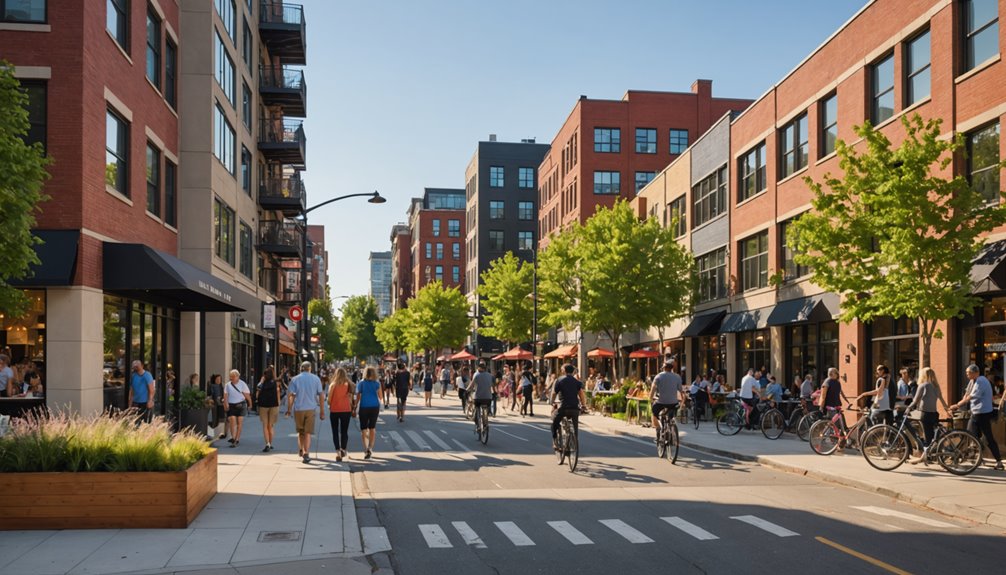
Investment in mixed-use developments has surged, reflecting a confluence of market demands and evolving urban lifestyles. Investors are increasingly drawn to these properties due to their multifaceted benefits and the resilience they offer in a fluctuating economy. The growing trend towards live-work-play communities aligns with urbanization and shifting work models, creating a fertile ground for investment opportunities. Key advantages include:
- Higher Rental Income: Multiple revenue streams contribute to improved profitability.
- Variety: Mitigates risk by spreading investments across different sectors.
- Greater Resilience: Economic downturns are less impactful due to diversified tenant bases.
- Increased Property Value: Adaptability to market conditions raises long-term value.
- Less Investment Risk: Multiple tenants and property types reduce vulnerability.
Emerging trends further underscore the evolution of mixed-use developments. Sustainability, placemaking, adaptability, technological integration, and demographic-specific designs are reshaping the landscape. As demand for urban living spaces grows, mixed-use developments are positioned to capture a larger market share, appealing to investors seeking a sense of community and connection in their portfolios. Additionally, the integration of existing nearby amenities enhances the desirability of these developments, making them even more attractive to potential tenants. The future of urban investment is not just about buildings; it’s about creating vibrant, integrated environments that foster belonging.
Frequently Asked Questions
How Do Mixed-Use Developments Impact Local Traffic Patterns?
Mixed-use developments markedly alter local traffic patterns by reducing vehicle miles traveled (VMT) through integrated land uses, promoting walking and cycling, and enhancing public transit accessibility. This ultimately fosters sustainable urban environments that prioritize community engagement and connectivity.
What Types of Businesses Thrive in Mixed-Use Environments?
In mixed-use environments, diverse businesses such as grocery stores, fitness facilities, and co-working spaces flourish, creating vibrant ecosystems. This collaboration cultivates community engagement, improves accessibility, and ultimately transforms urban spaces into inclusive, dynamic living experiences.
Are Mixed-Use Developments Suitable for Rural Areas?
Mixed-use developments are indeed suitable for rural areas, fostering compact, walkable communities that utilize existing infrastructure. By enhancing accessibility to services and promoting economic resilience, they contribute to community cohesion and sustainable growth while preserving open space.
How Do Mixed-Use Developments Address Affordable Housing Challenges?
Mixed-use developments tackle affordable housing challenges by integrating diverse income levels, enabling cost-sharing through communal facilities, and revitalizing neighborhoods. This groundbreaking approach fosters economic diversity, improves community connection, and promotes a sense of belonging among residents.
What Is the Typical Lifespan of a Mixed-Use Development Project?
The typical lifespan of a mixed-use development project encompasses planning, construction, and operational phases, often extending from five to fifteen years, depending on complexity. Long-term viability necessitates adaptability to evolving community needs and market dynamics.
Conclusion
Mixed-use developments herald a groundbreaking era in urban design, uniting economic importance with environmental stewardship and community cohesion. These vibrant ecosystems foster unmatched health and wellness benefits, weaving together the fabric of social interactions in previously unimaginable ways. Investment opportunities surge as trends gravitate toward these dynamic spaces, promising a future where life, work, and play coexist harmoniously. The rise of these communities signals not merely a shift but a profound renaissance in the way society imagines urban living.

